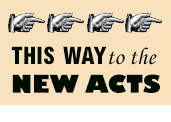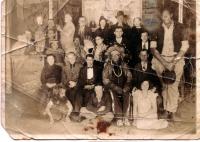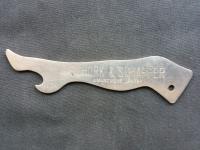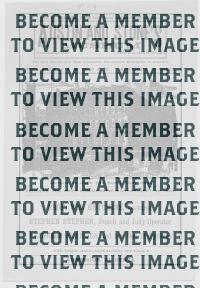DIME MUSEUM
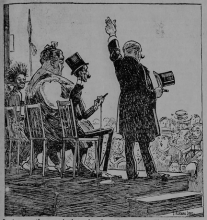
The precursor to the ubiquitous 19th-Century dime museums were the 16th-Century's Cabinets of Wonder (Wunderkammer)-- European collections of strange objects, exotic items of nature, and human anomalies as both actual specimens and facsimile.
Beginning before Barnum's famed 1841 opening of The American Museum in Manhattan, early dime museums showcased live human entertainment as well as strange exhibits. The idea that a collection of objects that the public would pay to see spread so quickly after Barnum's success, that by the late-1800s, the dime museum was everywhere, with virtually every large and medium-sized city had its own museum. Entrepreneurs became millionaires through the exhibition of vast collections of man-made and natural curiosities.
Eventually the dime museum came to house not only unique collections of objects; they also housed the first family-oriented performance spaces, the first motion picture exhibits, menageries, and, in fact, nearly every type of entertainment available in 19th Century America. And all for only one dime.
Arguably the grandest and last of the great dime museums was Huber's Museum on 14th Street in New York, closing permanently in 1906. While there were some hold outs and anomalies-- mainly in New York with Bernstein's Gaiety and The Globe Dime Museum (at 298 Bowery) still struggling on until about 1910. When The Harlem Museum (1917-1935?) opened it was considered an anomaly, though NY soon saw the very last, Hubert's Museum & Flea Circus (1925-1965) open in 1925.
Though the dime museum had dominated American popular culture for almost 70 years, its extinction begat the phenomenon of the seasonal store show. The store show was a traveling sideshow and museum set up in empty store-fronts in many downtown areas of America, primarily in the months that most traveling outdoor carnivals had retreated into winter quarters.

